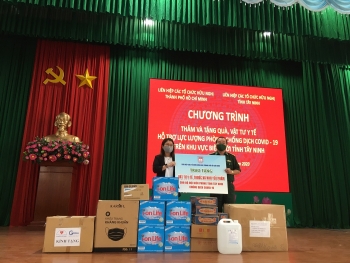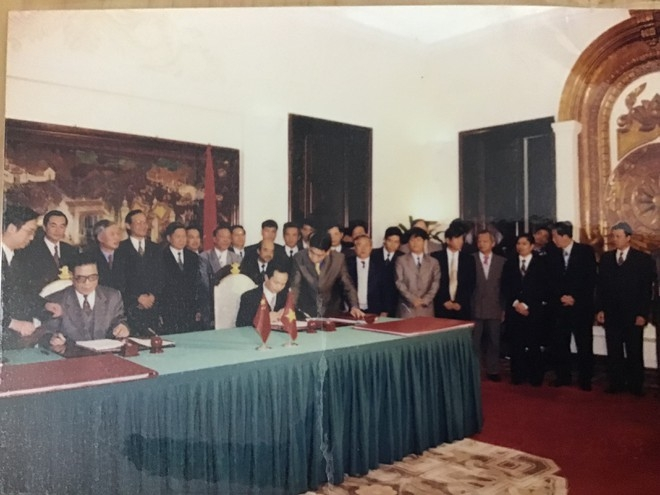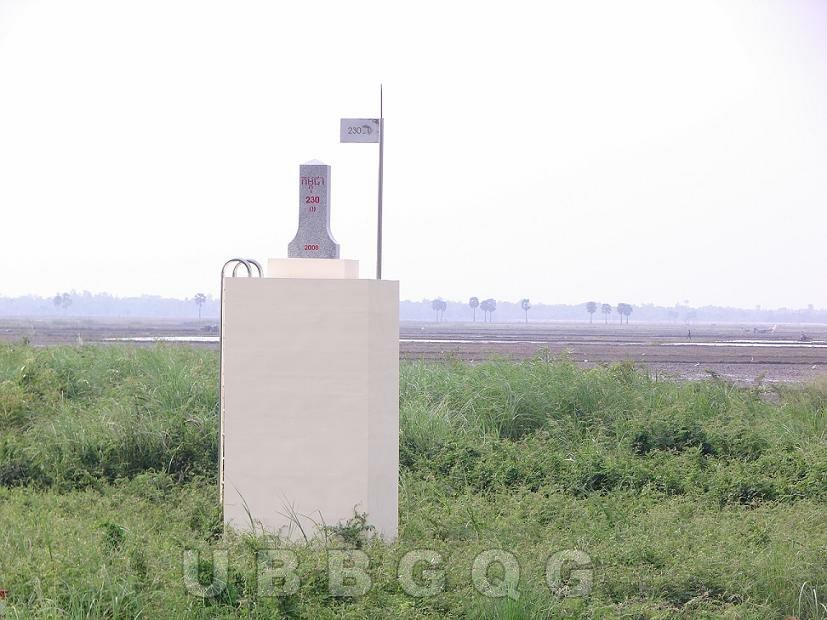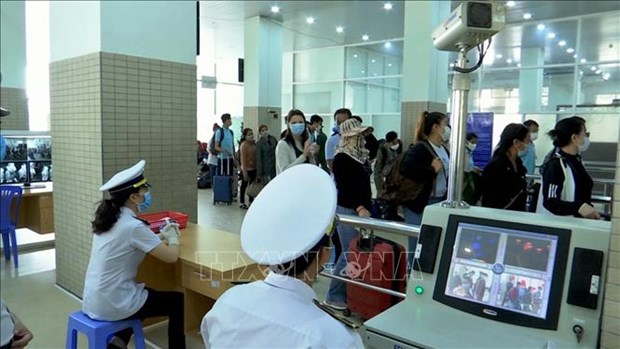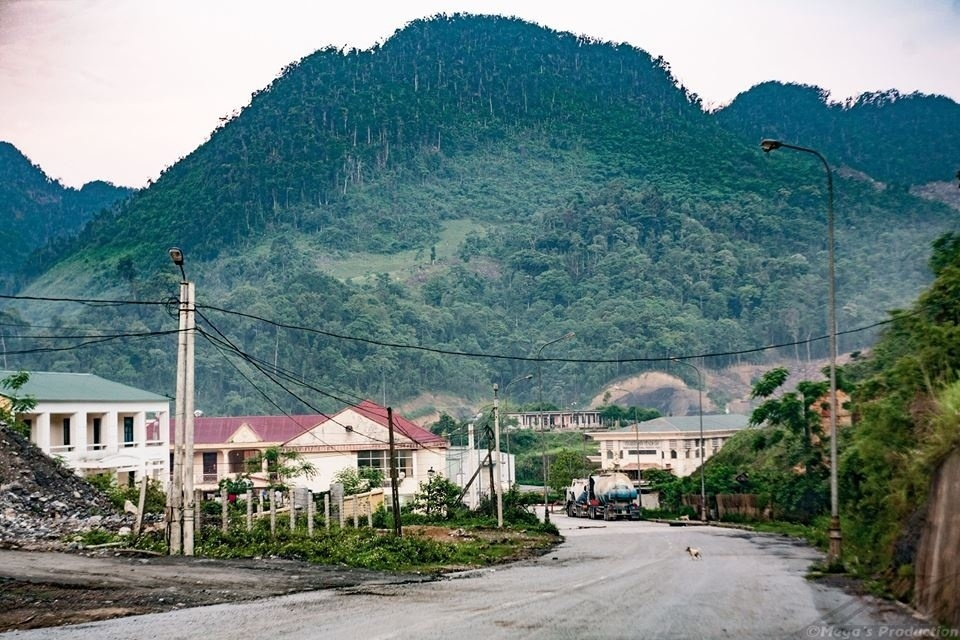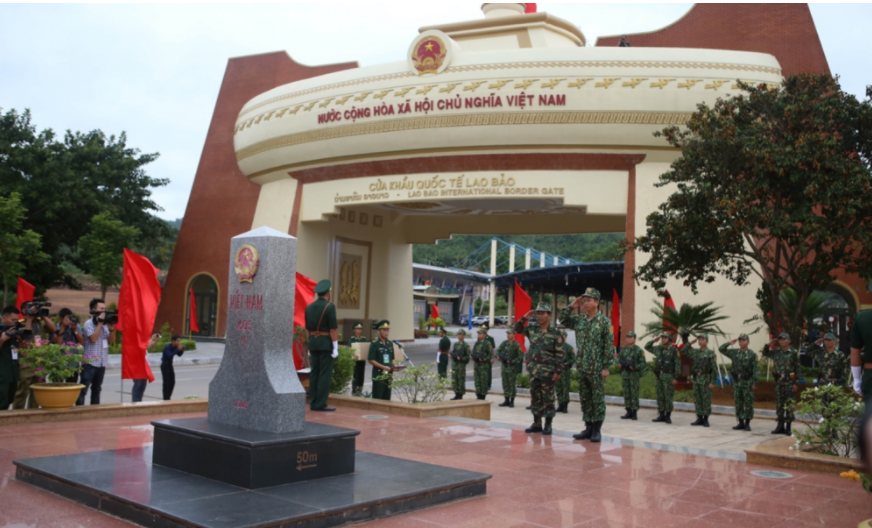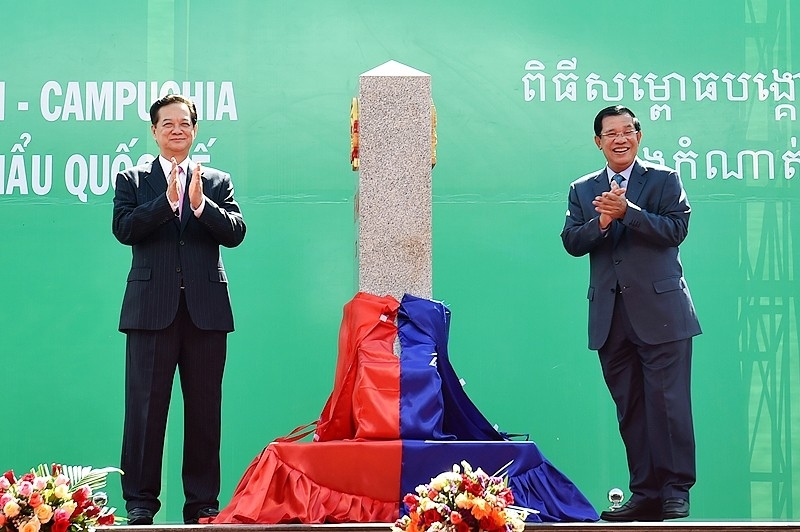Vietnam - Cambodia Border: Management Issues
Results of land border delimitation
As of September 2019, according to the 1985 Treaty and the 2005 Treaty, about 84% of the demarcation work has been completed in the field, including:
- Located and built on the field a total of 315/371 major landmarks (including the landmark at the Vietnam - Laos - Cambodia border junction, the landmark with the last number of 314 on the land border, major landmarks with national emblem in 10/10 pairs of international border gates, landmarks at most of the main border gates, and landmarks in places where major roads are crossing the border); built 1511/1512 auxiliary landmarks, 221/221 additional seal piles.
- Demarcated on the field and described in words in the Reports describing the direction of the borderline about more than 1,000km of the borderline; belongs to 111 beach dunes on the border on rivers and streams (Vietnam: 43 dunes, Cambodia: 68 beach dunes).
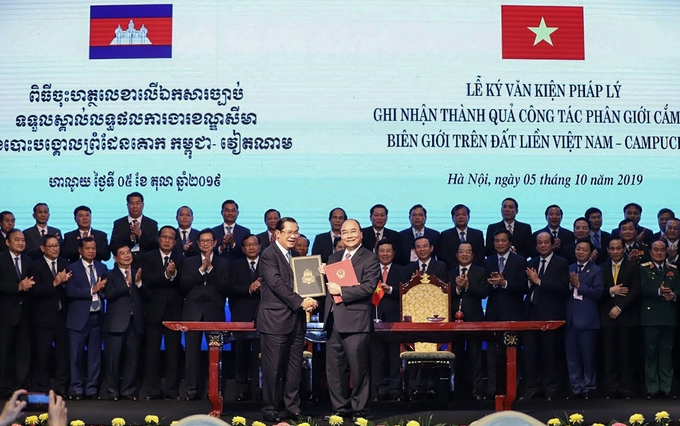 |
| Prime Minister Nguyen Xuan Phuc and Prime Minister Hun Sen exchanged documents " the supplement to 1985 treaty on national planning and 2005 supplementary between socialist republic of vietnam kingdom cambodia signed october 5, 2019 (photo: Ngo Nhung) |
- In implementing the memorandum of understanding (MOU) in 2011 and applying the MOU model, the two sides have: (i) Inserted landmark 314 as the landmark with the last number of the land border between the two countries on the shore of the Gulf of Thailand, crossing Kien Giang and Kampot (2012); by the end of 2015, milestone number 30 (at Le Thanh, Gia Lai - OYadav, Rattanakiri international checkpoints) and milestone number 275 (at Tinh Bien, An Giang - Phnom Don, and Takeo international border gates) were set up; (ii) Completed the exchange of lands under the MOU model and apply the MOU model signed on April 23, 2011, by the management of the people in the border area between the two sides (legal border lines to each other) at 6 pairs of provinces, including Tay Ninh - Tboung Khmum; Tay Ninh - Svayrieng; Dong Thap - Preyveng; An Giang - Takeo; Kien Giang - Takeo; Kien Giang - Kampot.
Use excess solutions to manage land borders
As a rule, if the demarcation of borders between countries sharing a border has not been completed, the border management issue on the whole line is not eligible for implementation. However, due to practical needs and in order to overcome obstacles due to different perceptions in some areas, the process of resolving the border problems between stakeholders faces many difficulties, even being stuck, negatively affecting border management on the field, the parties may agree to apply an "excess solution" with legal and practical value; creating a favorable environment for the parties to both continue to complete the process of demarcation and to conduct border management for the mutual benefits.
Vietnam and Cambodia are also implementing agreements to apply these "excess solutions".
Based on international practices related to the border management issue in the above circumstances; based on the need to consolidate and develop friendly, traditional, special relations between the two countries in the current regional and international context and to meet the common aspirations of the two peoples.
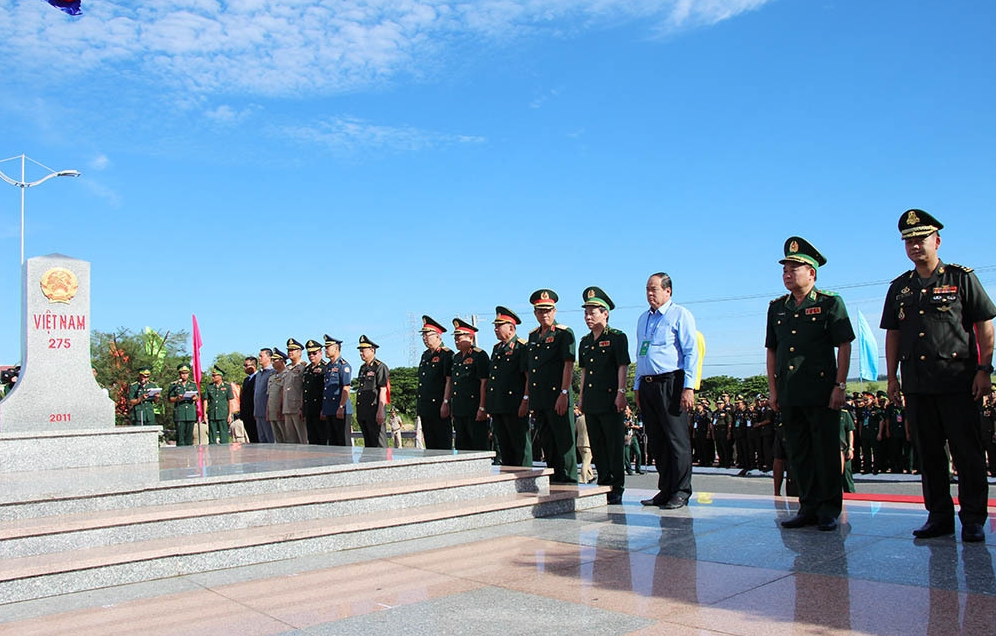 |
| Delegates attended the ceremony to celebrate the sovereignty milestone in the chain of friendship exchanges between Vietnam and Cambodia in 2019. |
Stemming from the goodwill of the Vietnamese side, in the spirit of real demand and in order to create a favorable political environment for the process of border delimitation and setting up border markers on the field is in the final stage, Vietnam and Cambodia continue to maintain a government-level negotiation mechanism to continue to exchange in accordance with the spirit of the 2005 Supplementary Treaty. While the direction of the borderline in some polar regions has not yet been unified due to different perceptions, the two sides will work together to do the following:
- In areas with different perceptions about the direction of the borderline along rivers and streams that boats cannot travel, the two countries apply the principle: the borderline is the median of the main river stream (the deepest and widest stream determined when the water level is lowest); in the area of navigable rivers and streams, the borderline is the median of the main navigation channel (the main flow determined when the water level falls lowest).
- While negotiating to determine the direction of the borderline according to the agreed principle, it is necessary to maintain the actual management status and not conduct one-way propaganda, inciting public opinion to affect the and demarcation which is in the final stage. First of all, it is necessary that both countries cooperate to agree on the application of a practical temporary solution, not to let the opposing political forces take advantage of causing riot, obstructing relations between the two countries, undermining the results of the border problem solving process that both countries have been achieved so far.
While the border demarcation and landmark setting are not yet completed throughout the borderline, management in practice will have to rely on the following grounds:
Firstly, based on the achieved agreements, as a legal basis for implementing the border management work of Vietnam and Cambodia:
- Agreement on border regulation between the Government of the Socialist Republic of Vietnam and the Government of the People's Republic of Cambodia on July 20, 1983.
- Press release on January 17, 1995; especially the content stated at Point 8.
- Supplementary Treaty to the 1985 National Border Planning Treaty and the 2005 Supplementary Treaty between the Socialist Republic of Vietnam and the Kingdom of Cambodia (the Supplementary Treaty 2019) and the Demarcation Protocol to set up land border markers between the Socialist Republic of Vietnam and the Kingdom of Cambodia (Protocol 2019).
Secondly, applying the results of demarcation up to the present time, combined with the agreed principles to manage the border in the most appropriate and effective way:
a. The borderline that has demarcated and marked with the actual management border: Managing according to the border and new boundary.
b. The borderline that is set up with landmarks not coinciding with the actual management border: Manage according to the new borderline and national landmarks.
c. The landmarks that are not demarcated and set up: Managing according to reality; if there are still different perceptions, it is necessary to consult with Cambodia and follow the direction of the Central Government, not to let the enemy forces take advantage of inciting division and destroying the achieved achievements.
It should be noted that: In practice, the demarcation is not yet complete, the problems of measuring and calculating border transitions described in the Field Planning Treaty cannot avoid differences. There are areas that, due to many natural and demographic factors, have great differences, even causing the two countries to sign an additional Treaty to the signed Planning Treaty and take effect because of those errors. There are regions that even require the signing of the additional Treaties more than once. That is also a common occurrence in international practice. Therefore, when dealing with disputes due to the interpretation and application of the above provisions, the two sides must rely on the spirit of goodwill, cooperation, and together in field surveys to find practical solutions for some complex areas where the interpretation and application of border treaty are different between two sides.
In the current situation, in order to promote the achievements in the process of settling the border issue between the two countries, Vietnam and Cambodia need to continue to discuss, negotiate and settle disputes in good faith, friendship, traditional neighborhoods and, especially, strict compliance to the Agreements and Treaties signed in accordance with international and each country's legal principles and procedures as equal and independent actors in international relations. ./.
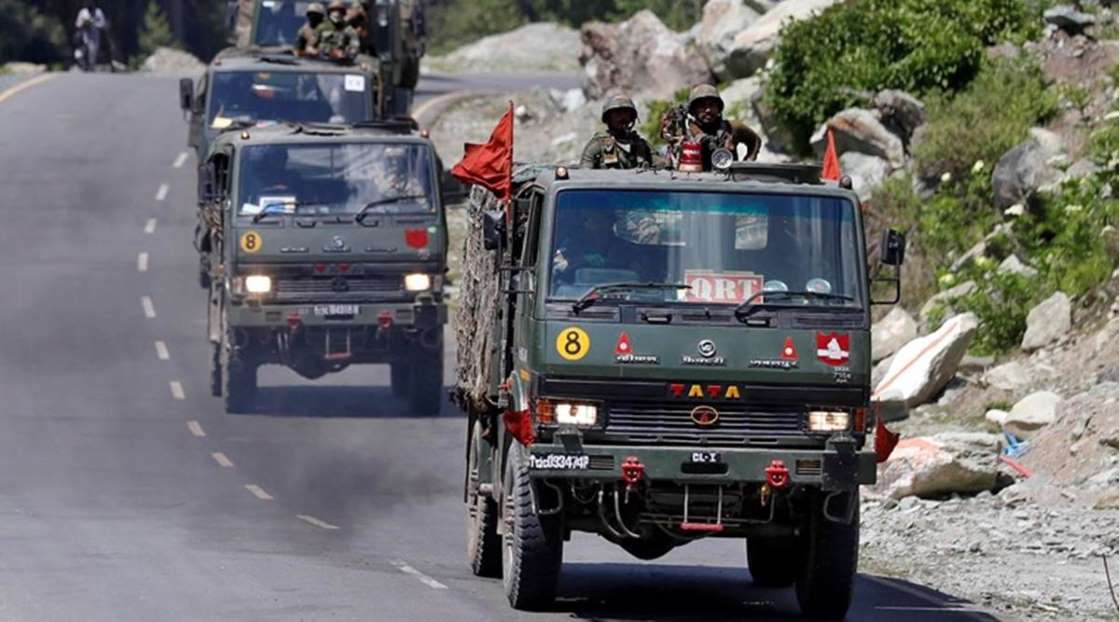 | India, China agree to resolve outstanding issues expeditiously India and China agreed to work towards complete disengagement of troops along the Line of Actual Control (LAC) in the western sector and to expeditiously ... |
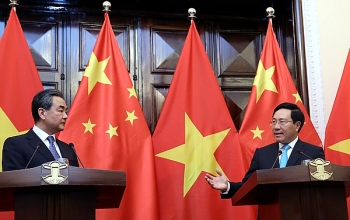 | 20th anniversary of Vietnam–China Land Border Treaty to celebrate in Quang Ninh Activities will be held to mark the 20th anniversary of the signing of the Vietnam–China Land Border Treaty and the 10th anniversary of the implementation ... |
 | Provinces sharing border with Cambodia take proactive measures against Chikungunya virus Four Southern Provinces of Dong Thap, An Giang, Binh Phuoc, and Long An have taken proactive preventative measures against the disease caused by the Chikungunya ... |
In topics
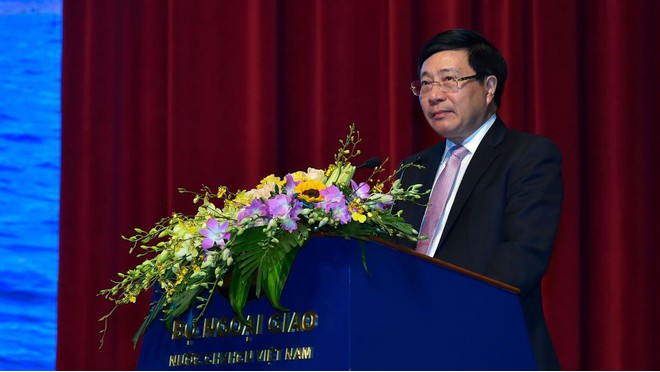 National
National
"Our coast is long, beautiful, we have to know how to keep it ..."
Recommended
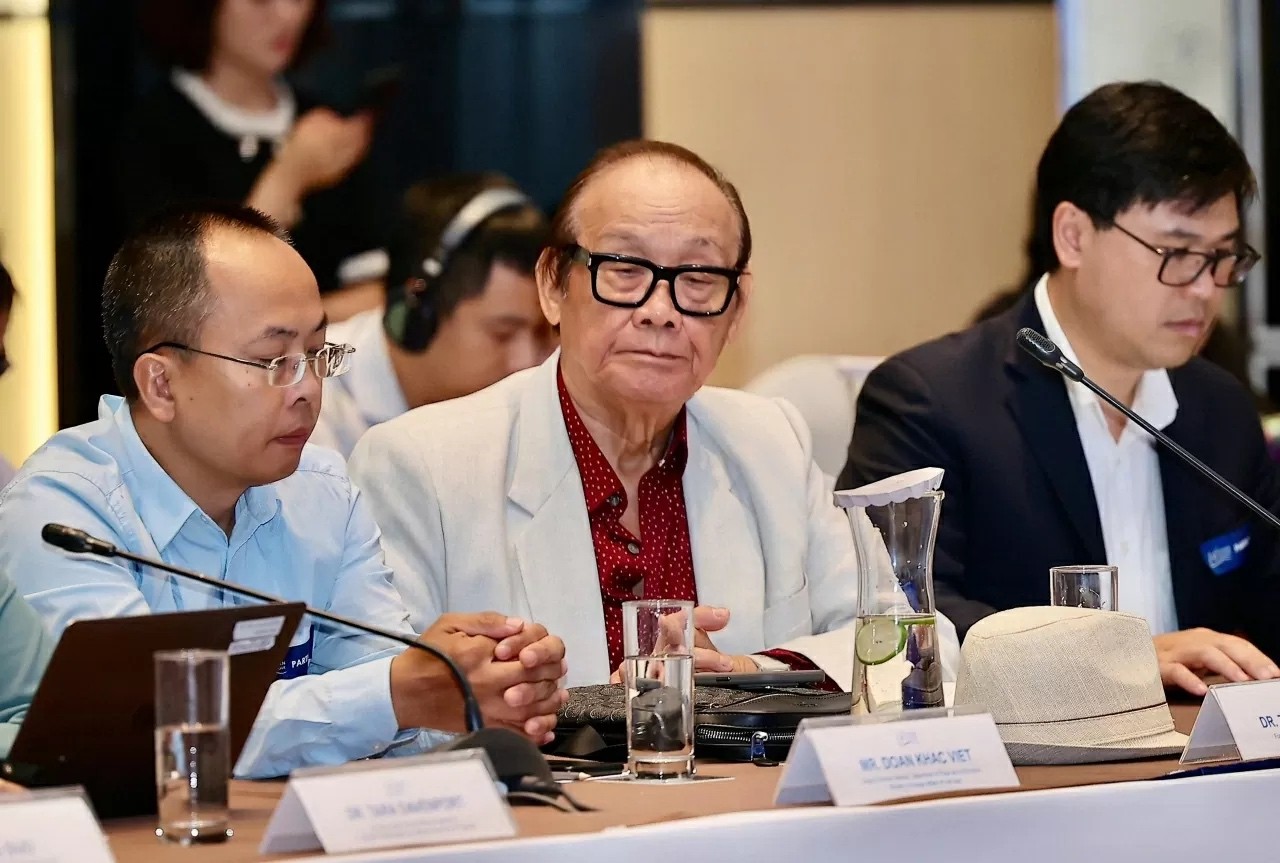 Seas and islands
Seas and islands
Vietnam Endorses Common Voice on Ocean Jurisdiction
 Seas and islands
Seas and islands
Dialogue as Key to Settling Disputes and Advancing Law of the Sea
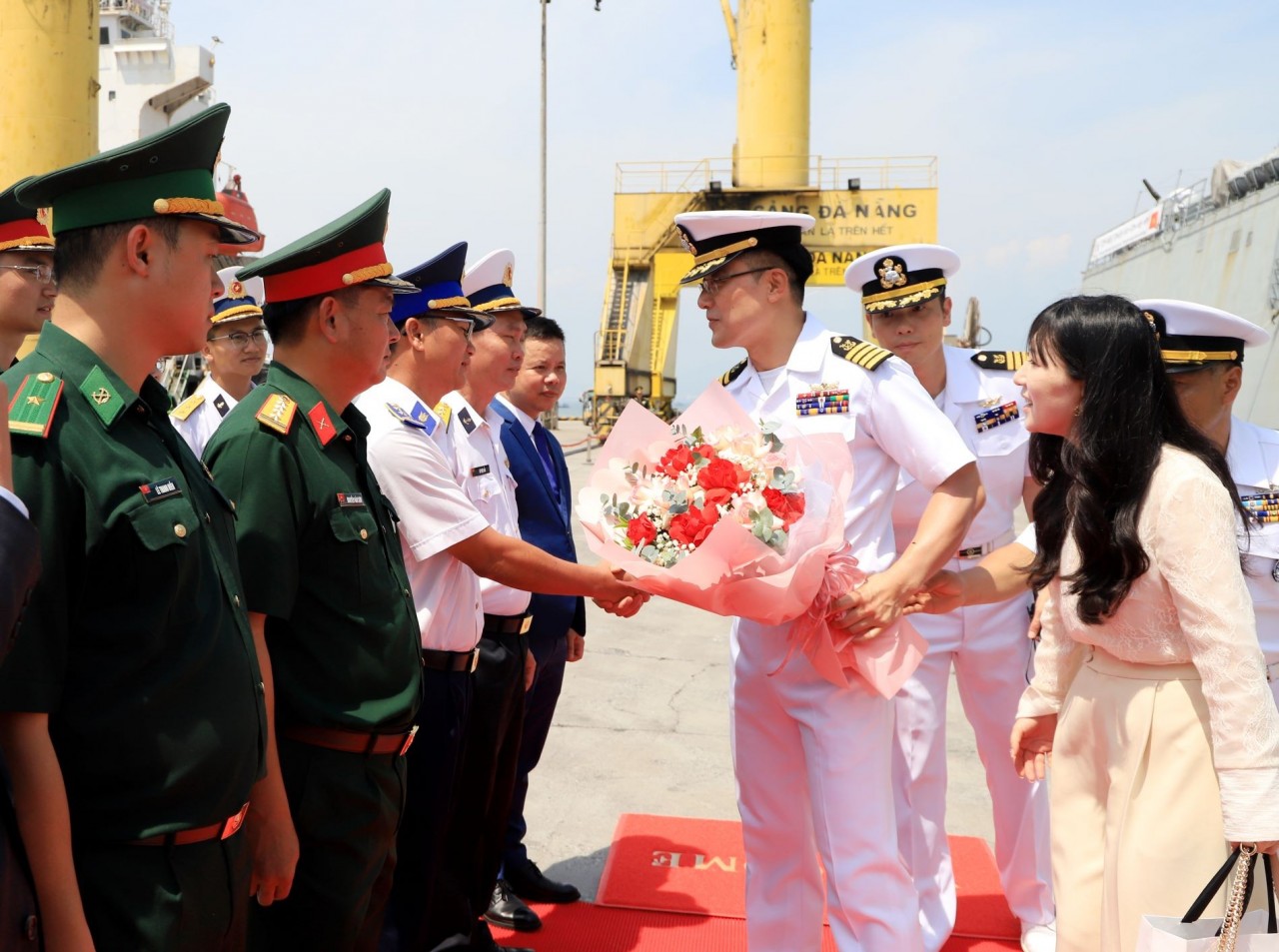 Seas and islands
Seas and islands
RoK Navy Ship Pays Friendly Visit to Da Nang City
 Seas and islands
Seas and islands
Naval Region 5 Promotes Reading Culture, Fosters Patriotism
Popular article
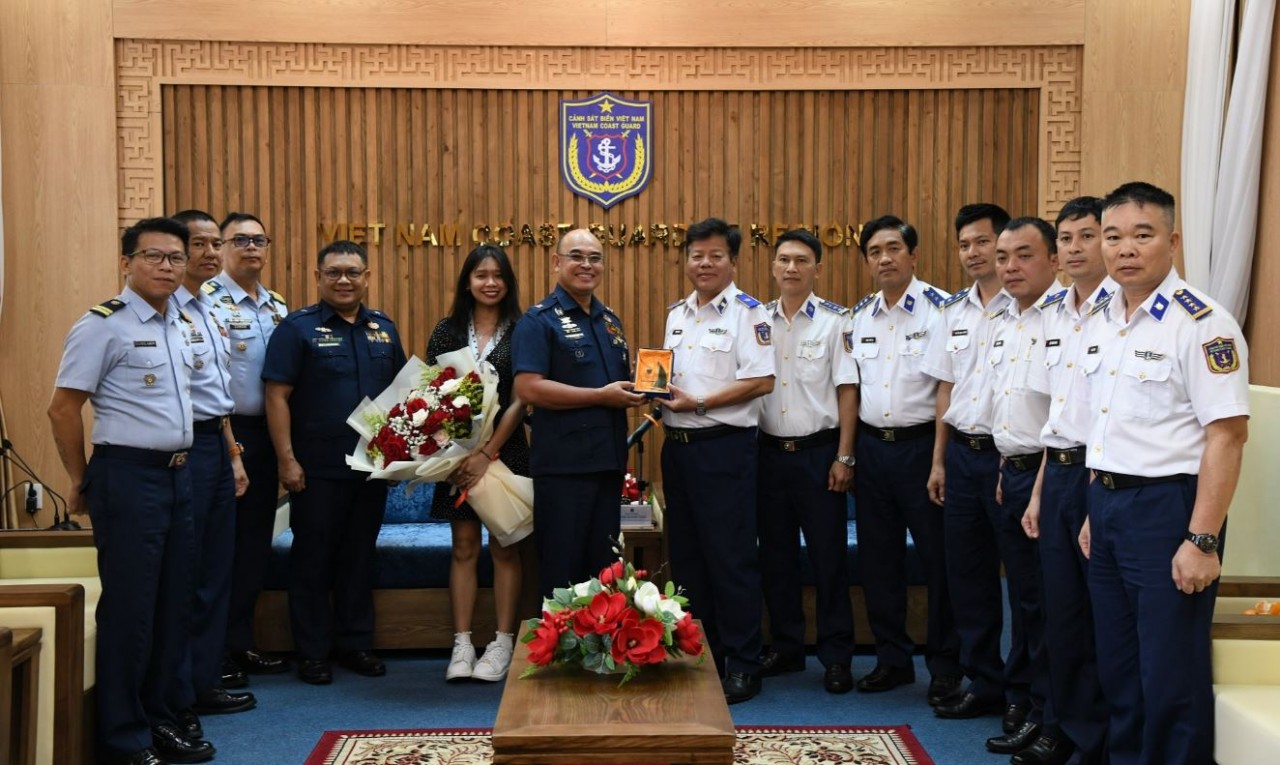 Seas and islands
Seas and islands
Coast Guard Region 2 Command Hosts Philippine Coast Counterpart
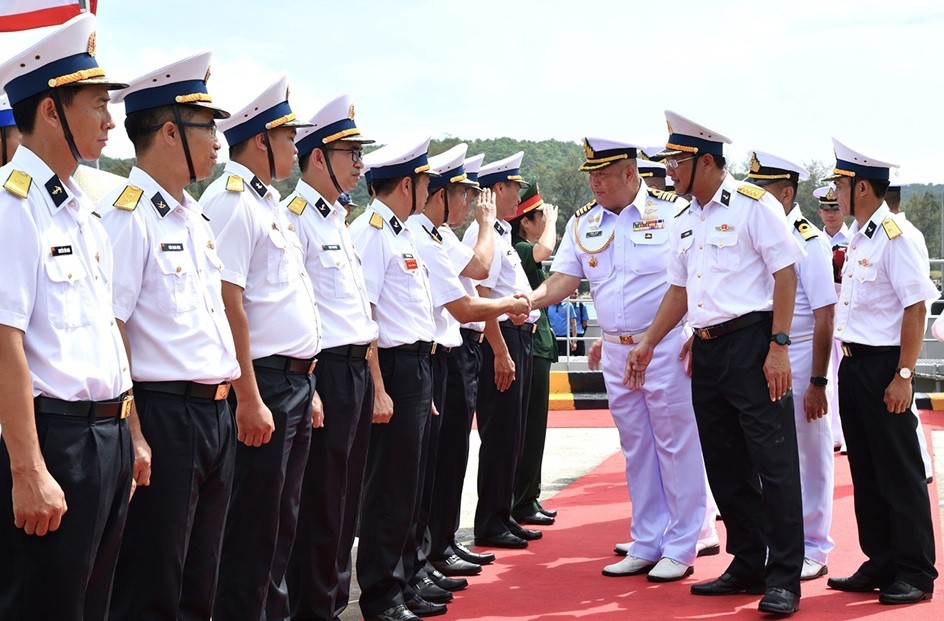 Seas and islands
Seas and islands
Vietnam - Thailand Navy: Coordination to Well Address Problems at Sea
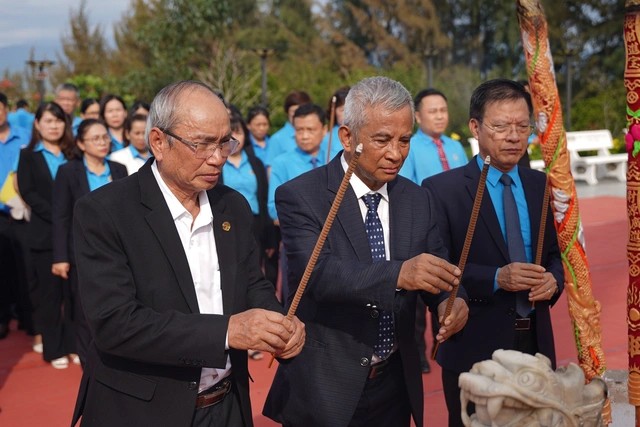 Seas and islands
Seas and islands
Honoring the Fallen: Incense Offering for the 37th Anniversary of Gac Ma
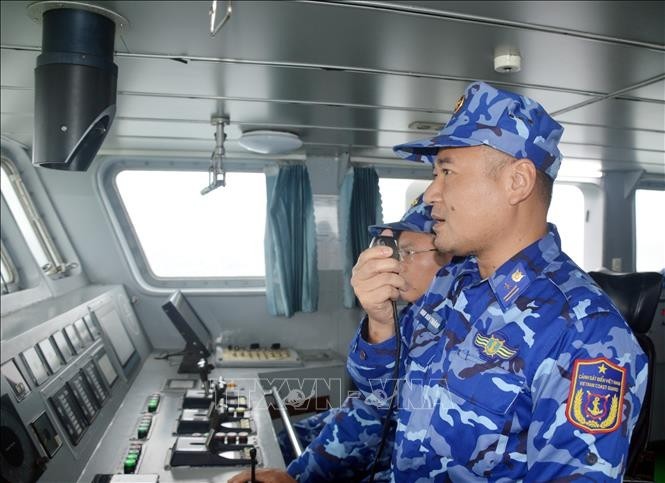 Seas and islands
Seas and islands

